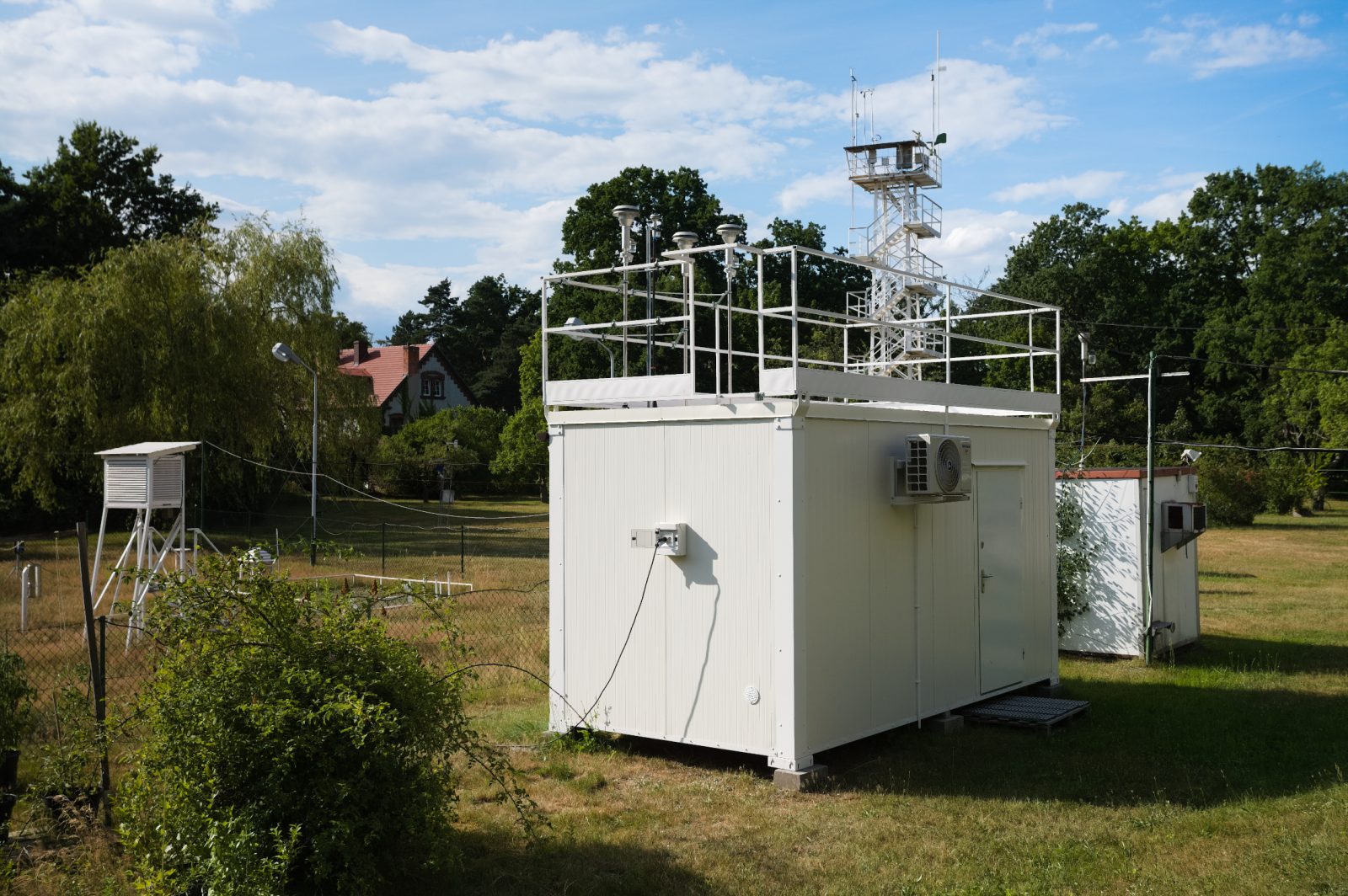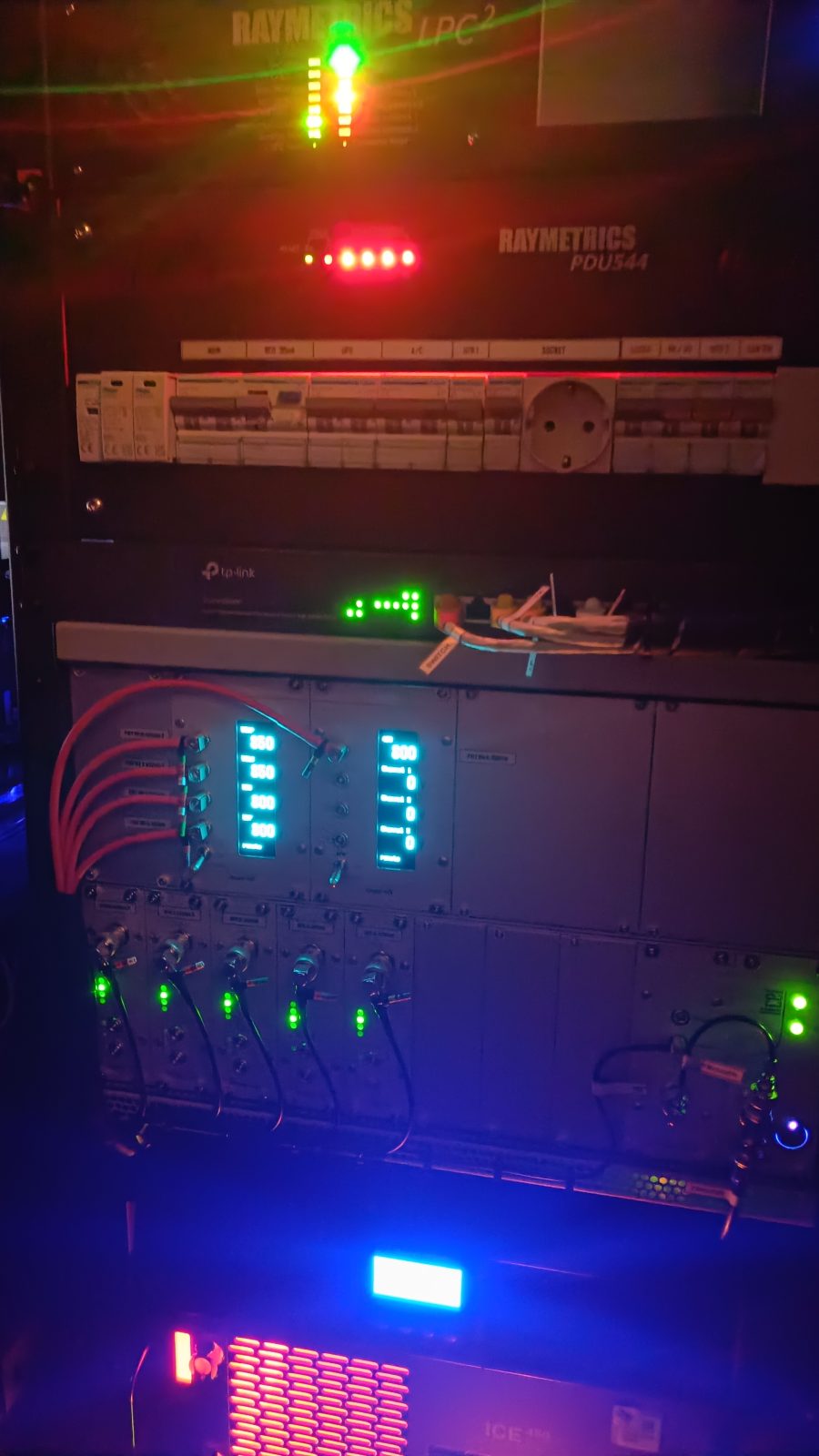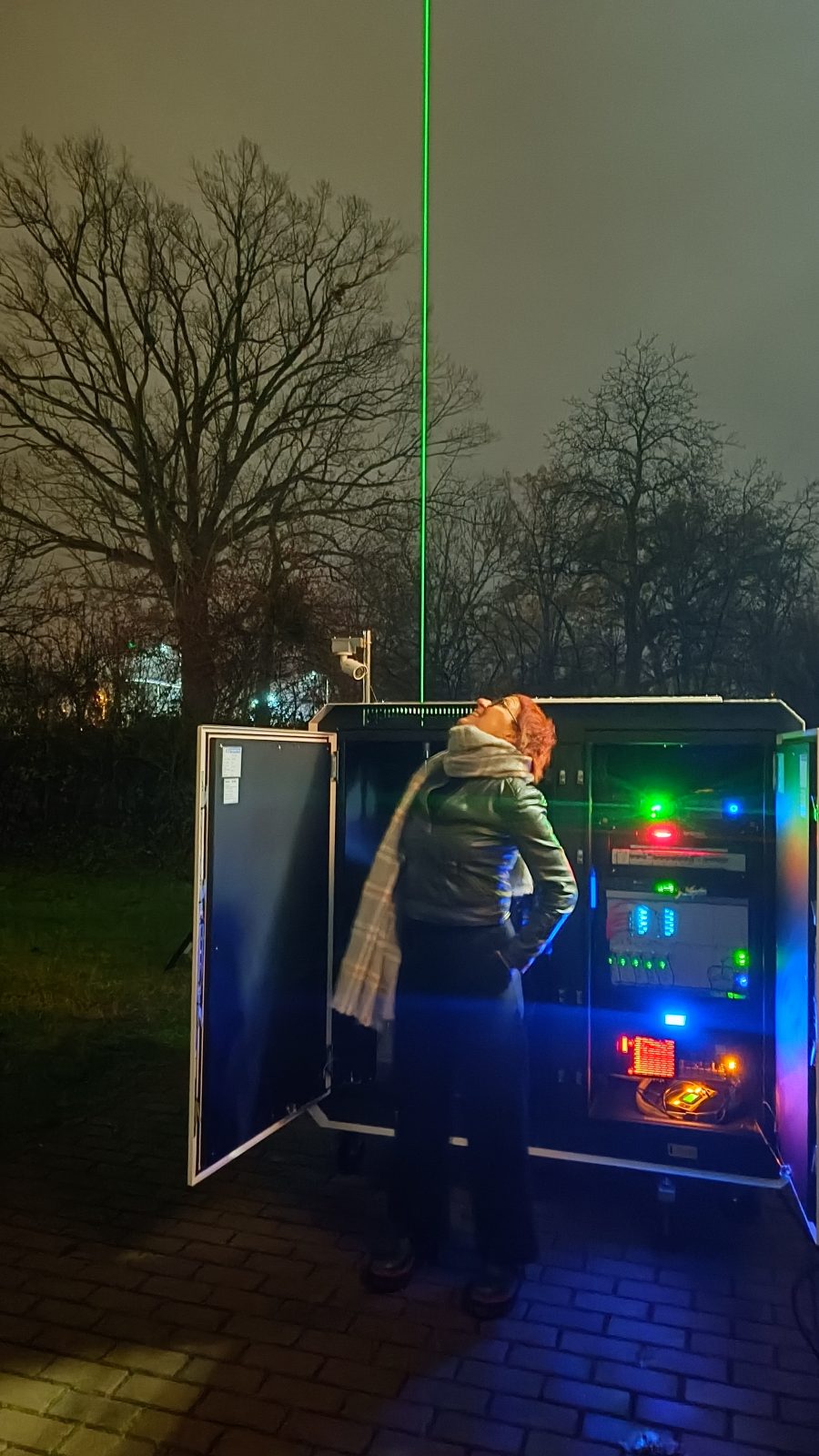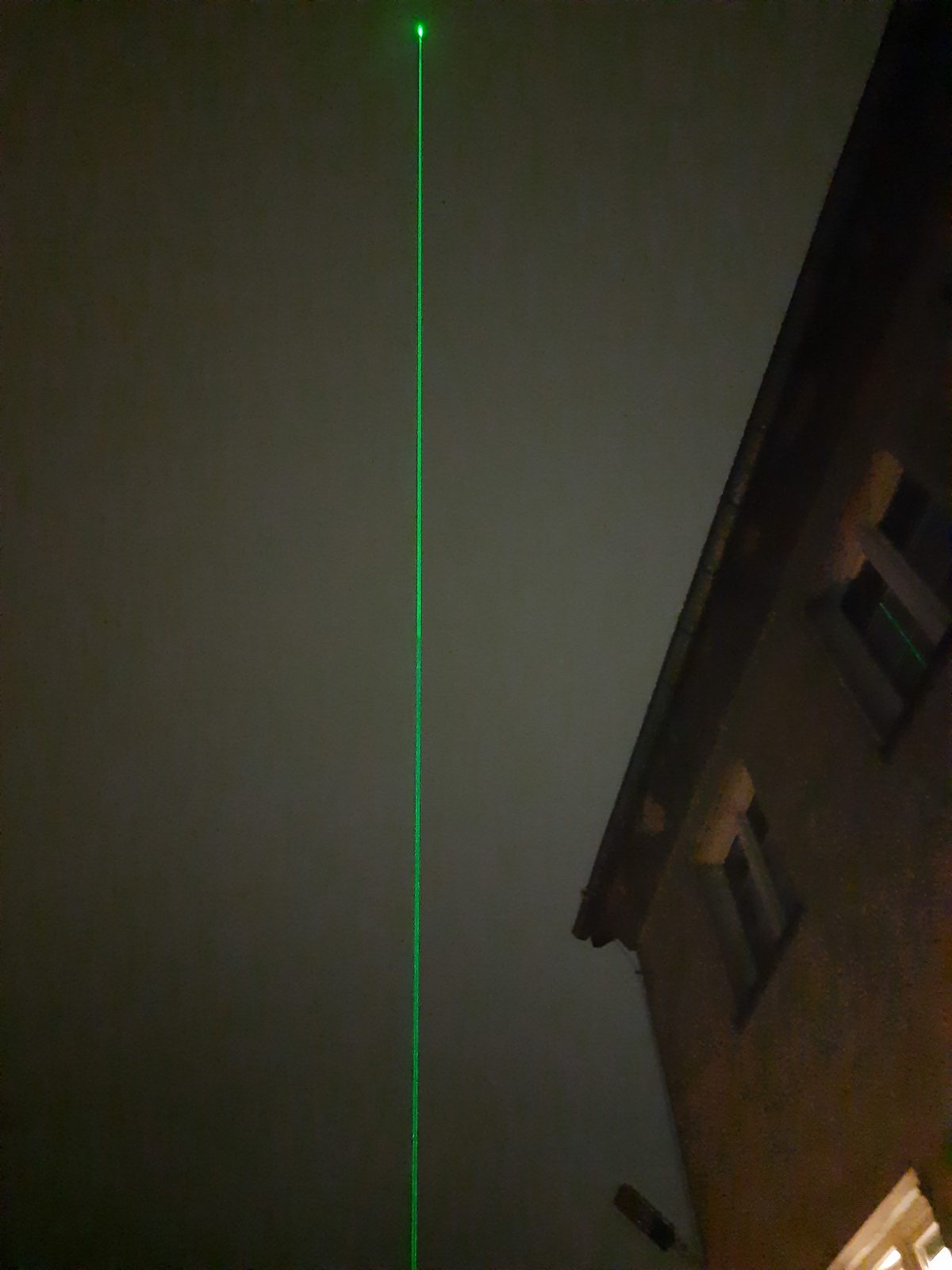
A new project for climate and air quality research
ACTRIS is the biggest infrastructure in the world dedicated to atmospheric research in various locations. In Europe, it is formed by over 100 entities from 20 countries. What role does University of Wrocław play in it? It is one of the partners called as National Facility, and it has just become the leader of a scientific project with a budget of almost PLN 22 million!
On 9thDecember 2024, the project ACTRIS – Infrastructure for Research on Aerosols, Clouds and Trace Gases (ACTRIS-PL 2), with the University of Wrocław as a leader, was included among eight projects that will be funded under the European Funds for Smart Economy 2021-2027 programme, (działanie 2.4 Badawcza Infrastruktura Nowoczesnej Gospodarki (BINGO), eng. action 2.4: Research Infrastructure of Modern Economy for projects listed on the Polish Roadmap of Research Infrastructure).
The total budget of this project: PLN 21,740,939.45.
The consortium includes: Institute of Geophysics Polish Academy of Sciences (IG PAS), Institute of Environmental Engineering (PAS), Poznań University of Life Sciences, University of Silesia in Katowice, Institute of Meteorology and Water Management National Research Institute, and Wrocław University of Science and Technology, with the University of Wrocław at the forefront.
The project aims for further development of the research infrastructure ACTRIS in Poland (a considerable part of the infrastructure was founded by The Smart Growth Operational Programme (POIR) 4.2, also led by the University of Wrocław). The programme will allow for the expansion of observational and exploratory platforms functioning in Poland. The University of Wrocław observatory will be equipped with an automatic aerosol chemical composition analyser ACSM (the only device of this kind in this part of Europe) and the atmospheric Light Detection and Ranging system will be upgraded with new measurement channels. The current maintenance of the infrastructure is possible thanks to funding obtained by the University of Wrocław through the programme Wsparcie udziału polskich zespołów naukowych w międzynarodowych projektach infrastruktury badawczej (eng. Support for the Participation of Polish Scientific Teams in International Research Infrastructure Projects).
About ACTRIS
ACTRIS (Aerosols, Clouds and Trace Gases Research Infrastructure), as the name indicates, provides measurement data on aerosols, clouds, and trace gases in the atmosphere.
The gathered data helps to understand how those components impact climate and air quality. Each year, this information is used by over 5000 representatives of science, non-governmental organizations, local government officials, and the private sector.
― This infrastructure is a key tool for climate change and air quality research. Thanks to this we are able to understand various processes that support making decisions on environmental protection and public health ― says dr Anetta Drzeniecka-Osiadacz, the project leader from the Department of Climatology and Atmospheric Protection, Faculty of Earth Sciences and Environmental Management.
ACTRIS is an atmospheric research infrastructure comprised of 112 observational platforms, six measured components, and 144 variables. Additionally, the functioning of national platforms is supported by central units, which coordinate the work of the entire European ACTRIS-ERIC consortium.
The origins of IB ACTRIS go back to the late 1990s, when researchers started to notice the importance of aerosols, clouds, and trace gases in understanding climate processes and air quality. In response to these needs, creation of research networks was initiated. Later on they evolved and merged into the ACTRIS research infrastructure.
The main goal of this European consortium is to provide high-quality scientific data and establish measurement standards in the field of aerosols, clouds, and trace gases.
The ACTRIS infrastructure encompasses diverse measurement methodologies, utilising both in-situ and remote sensing techniques. This enables precise monitoring of the atmospheric composition and its structural changes. Since its establishment, ACTRIS has been continuously developing and expanding by collaborating with the scientific community, international organizations, and government agencies to effectively conduct research on the atmosphere, its impact on climate, and public health.
The main issue, which is to determine the temporal and spatial variability and properties of aerosols, and their role in the environment, indicates the importance of delivering integrated, and methodologically consistent data. As dr Anetta Drzeniecka-Osiadacz says: ― These principles are the main motives of the ACTRIS research infrastructure development.
In 2016, IB ACTRIS was included in the ESFRI Roadmap and received funding under the preparatory phase (ACTRIS PPP) for 2017–2019 and the implementation phase (ACTRIS IMP) for 2019–2023. However, one of the most significant phases of infrastructure development was the decision made in April 2023 by the European Commission to establish the ACTRIS research infrastructure for aerosols, clouds, and trace gases as the European Research Infrastructure Consortium (ERIC).
Poland is among the seventeen countries that were the founders of this international infrastructure.
All ACTRIS services are available on: http://www.actris.eu.
Translated by Julia Wąsowicz (student of English Studies at the University of Wrocław) as part of the translation practice.
Date of publication: 12.12.2024
Added by: M.K.









